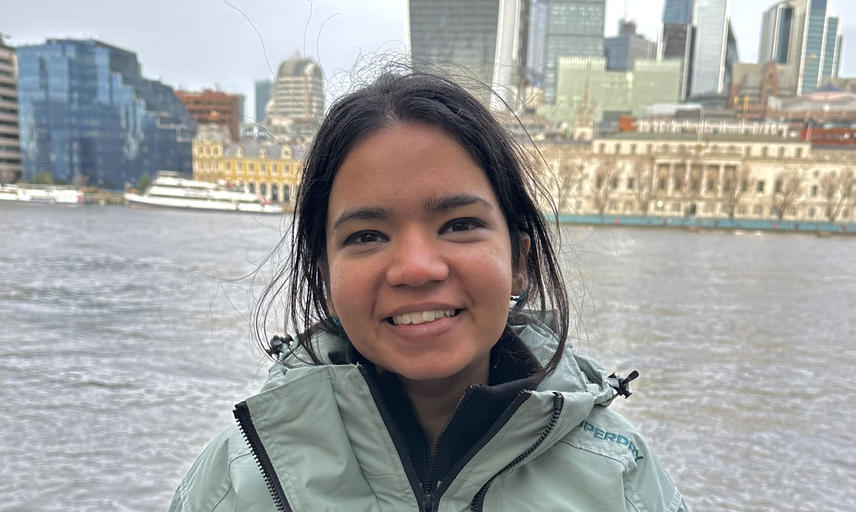Angelika Feldmann
I am interested in understanding how cells acquire their specialized structure and function during development. We know that this involves switching on some genes and switching off others. But how do the cells achieve it? Genes receive signals from other regulatory elements in the DNA which sometimes are very close but often locate at large distances. In order to exchange information, such distant elements need to come spatially closer together, in a process involving looping of DNA. It is unclear at the moment how exactly such looping is regulated and moreover which exact steps of gene activation it is regulating. I investigate how exactly communication between genes and their distant regulatory elements is achieved by testing the involvement of different DNA binding factors. For this, I am using mouse embryonic stem cells as well as a model of cell differentiation and apply molecular biology and bioinformatic approaches. I am very lucky to be able to build my work on excellent research by my colleagues in Rob’s lab, especially Emilia Dimitrova, but also on the work carried out in the labs of Neil Brockdorff and Kim Nasmyth at our Department as well as Jim Hughes and Doug Higgs at the WIMM.
Initially, my direct supervisor Rob Klose gave me the time and advice necessary to successfully apply for fellowships (EMBO and Sir Henry Wellcome Trust). He also initiated a network for me to develop the bioinformatics skills required for my project which involved my co-supervisor Chris Ponting and the scientists from CGAT. Rob encourages and models creative thinking, focus and full dedication, which is particularly important now that we are writing up publications. Our lab is full of bright, collaborative people and covers a broad expertize from classic biochemistry and imaging to bioinformatics data analysis. Because the office and the lab on our floor are mixed up, we often have chats with scientists from other groups, which recently resulted in an exciting, highly collaborative project exploring the 3D structure of the genome. Our department in general encourages collaborations and offers multiple opportunities for mentoring, be it as an official mentoring scheme or through our very recently founded postdoc committee. This creates an atmosphere which allows postdocs to understand their talents, set goals and to work towards them.







